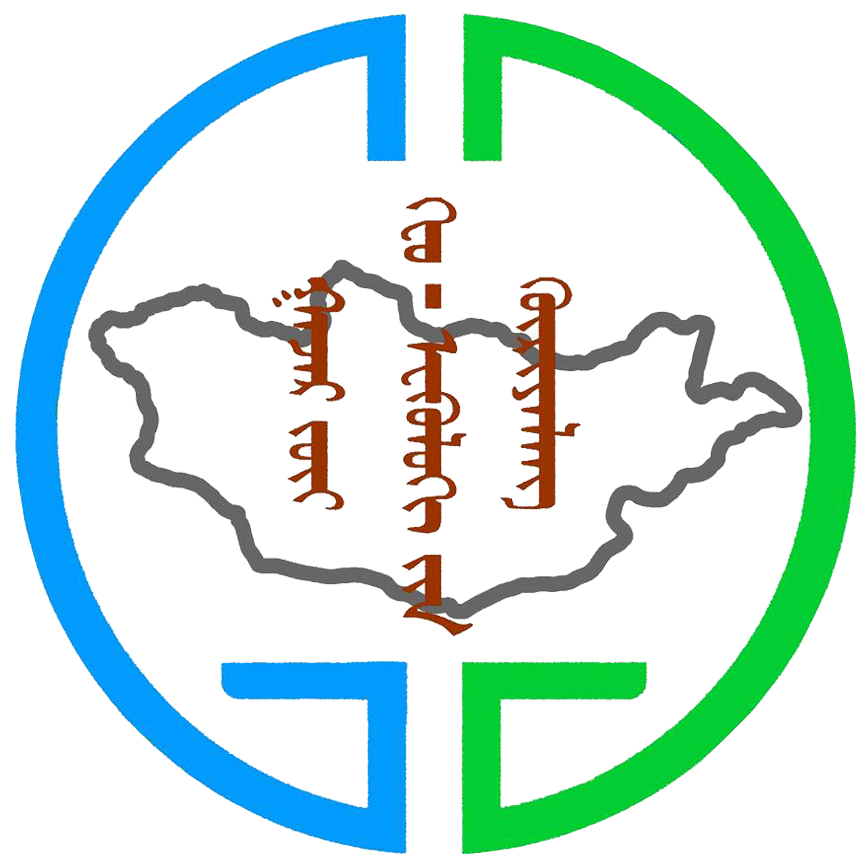The aim of this study is to compare the changes that occurred in the main urban landcover
classes of Ulaanbaatar city, Mongolia, during a centralized economy with those
that occurred during a market economy and to describe the socio-economic reasons for
the changes. For this purpose, multi-temporal remote sensing and geographical
information system (GIS) data sets, as well as census data, are used. To extract the
reliable urban land-cover information from the selected remotely sensed data sets, a
refined parametric classification algorithm that uses spatial thresholds defined from
local and contextual knowledge is constructed. Before applying the classification
decision rule, some image fusion techniques are applied to the selected remotely sensed
data sets to define the most efficient fusion method for training sample selection and for
defining local and contextual knowledge. Overall, the study indicates that during the
centralized economy significant changes occurred in a ger area of the city, whereas
during the market economy the changes occurred in all areas.
